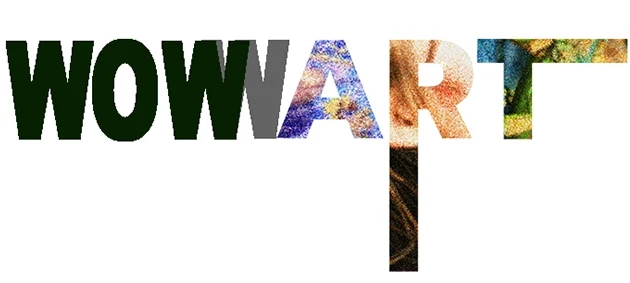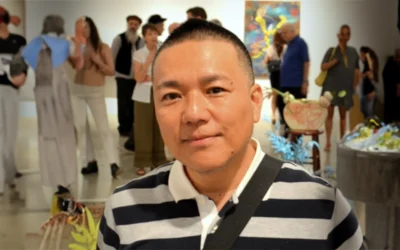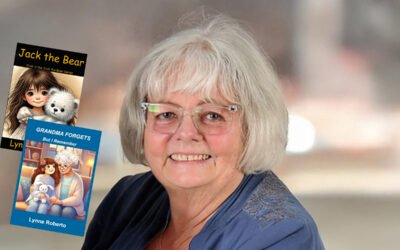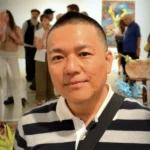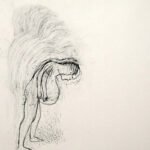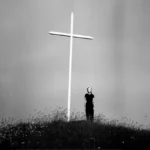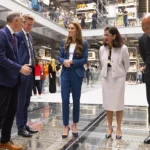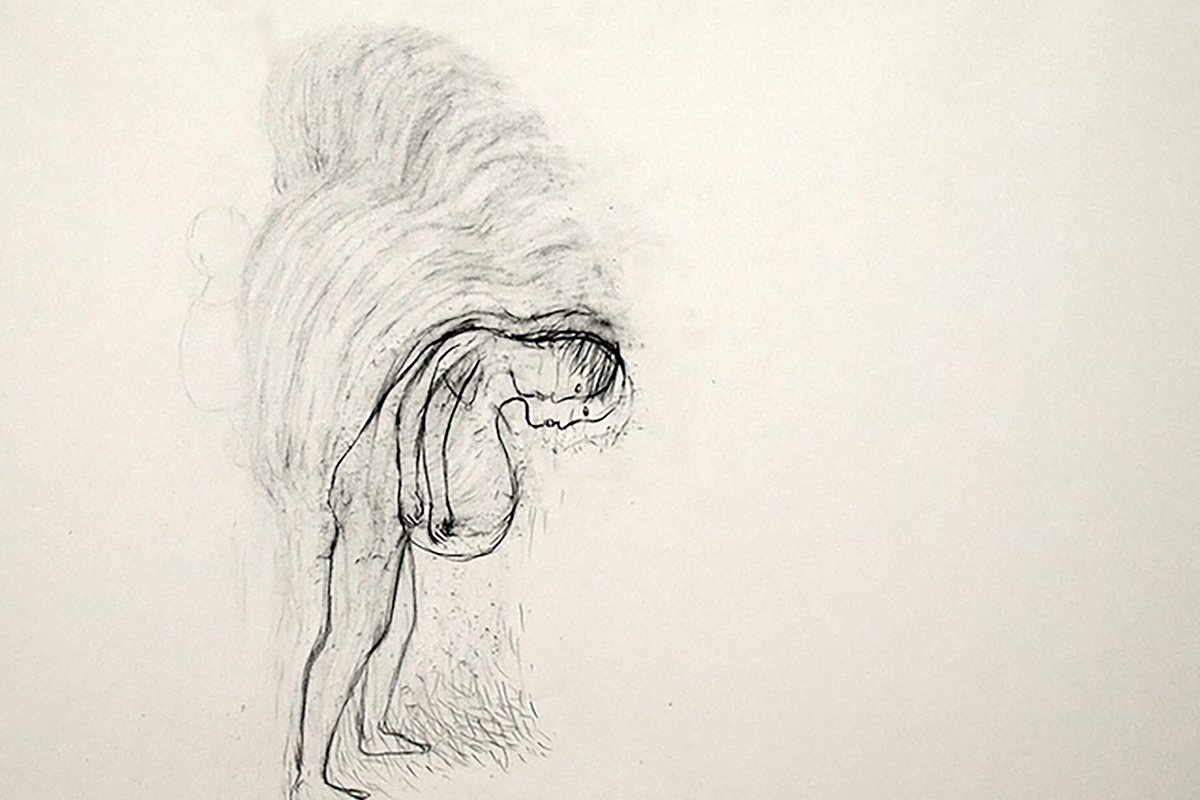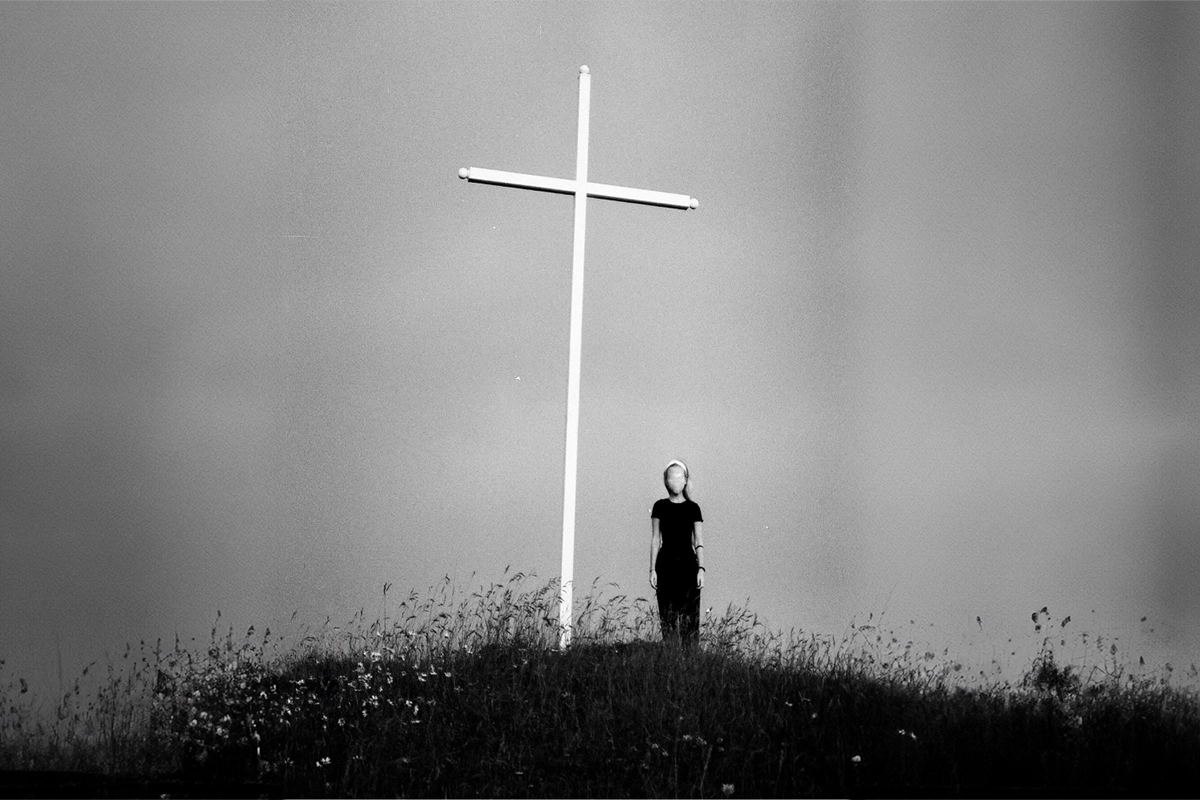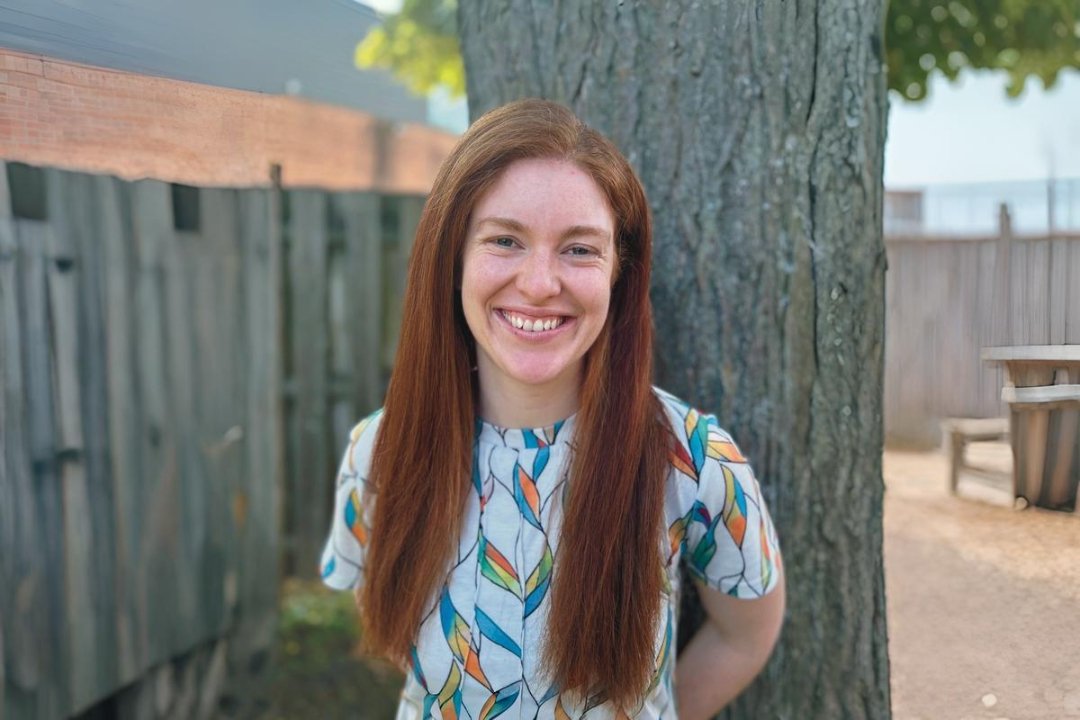Fredj Moussa Reimagines Landscapes Through Film And Sculpture

PHOTO: Artist Fredj Moussa, whose work masterfully blends film and sculpture to create breathtakingly immersive experiences.
A Conversation On Narrative, Identity, And Artistic Evolution
Fredj Moussa discusses his unique artistic process, blending film and sculpture to explore evolving landscapes and challenge traditional narratives rooted in his Tunisian and French heritage. His work transcends geographical boundaries, inviting audiences to question and reinterpret history.
Fredj Moussa is a name that resonates with innovation and depth. This rising star, whose work seamlessly blends film and sculpture to create immersive, evolving landscapes, is a true force in contemporary art. His background, straddling the vibrant cultures of Tunisia and France, informs a unique perspective that challenges traditional narratives and offers fresh interpretations of history and place. From his studies at the prestigious École nationale supérieure des Arts Décoratifs in Paris to his current residency at the Villa Medici in Rome, Moussa’s journey has been marked by remarkable achievements, including accolades such as the CIFRA prize at Loop Fair Barcelona. His exhibitions, spanning from Paris to Philadelphia, Izmir to Bern, showcase a global reach and an ability to captivate diverse audiences. His films, selected for numerous international festivals, are not merely visual experiences; they are invitations to engage with complex themes, to question established myths, and to experience the transformative power of storytelling. This exclusive interview delves into the creative process of this extraordinary artist, revealing the inspirations, challenges, and aspirations that shape his compelling body of work. Prepare to be captivated by the artistry and insight of Fredj Moussa.
How does your background, growing up between Tunisia and France, influence the themes you explore in your work?
Growing up between two countries has allowed me to reflect more thoughtfully on my perspective and has prompted me to explore how narratives, particularly romanticized and orientalist ones, are projected onto places like Tunisia.
Can you explain how your films and sculptures as costumes and sets help convey the landscapes you are interested in?
The sculptures are activated within these fantasized landscapes. What remains afterward is a film that captured this process, as well as the sculptures that were used.
Storytelling seems to play a central role in your work. What is your process for re-examining narratives and crafting new interpretations?
I start from a personal experience in a specific area. Then, I seek out other stories that have passed through that same location. Filming is an opportunity to question these stories by distorting and challenging them, as a way to break free from old myths.
You have exhibited your work in various international settings. How do you adapt your pieces for different cultural and spatial contexts?
The film capture is either presented in a cinema or in a space accompanied by the sculptures used in the film. Depending on the location and audience, I propose either the first, which allows for greater immersion, or the second, which allows the public to move freely around both the film and the sculptures, creating more distance from the images.
What has been the most challenging aspect of your creative journey, from your studies at École nationale supérieure des Arts Décoratifs to your residency at Villa Medici in Rome?
So far, my journey has mainly taken place within French institutions, which, as is often the case, are structures of domination and oppression. The most challenging aspect has been navigating the expectations tied to these systems.
Your work has been featured in several prestigious festivals and exhibitions. How has your recognition and the reception of your work influenced your creative process or future projects?
The presentation of my work allows me to push further with each new project. I’m currently working on my first feature-length film project.
